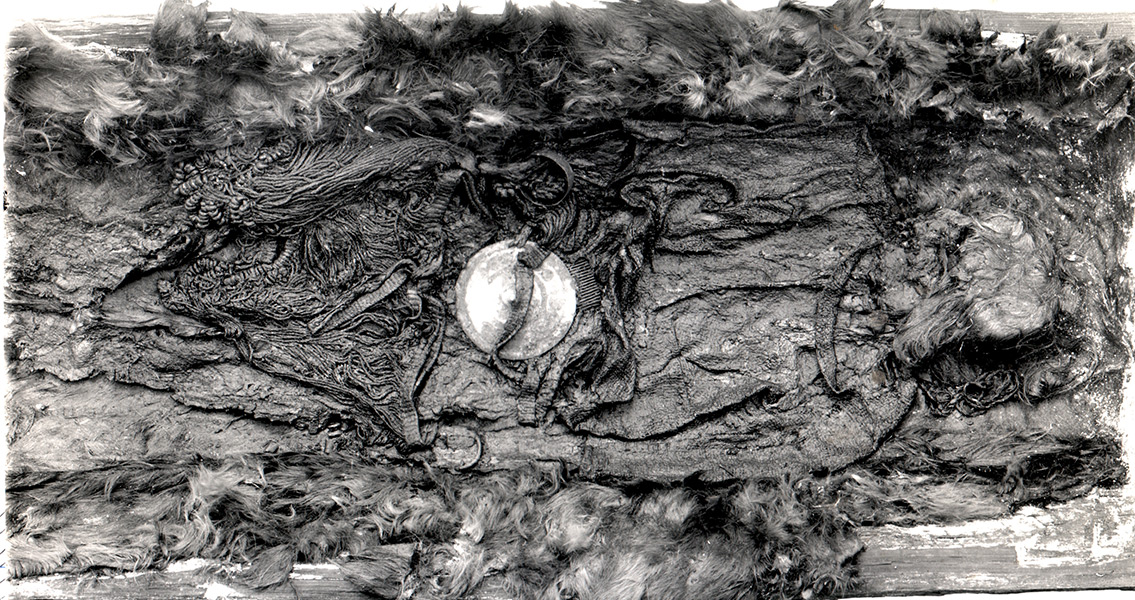The Egtved Girl: A Glimpse into the Nordic Bronze Age
The Egtved Girl, whose well-preserved remains were discovered in 1921 outside Egtved, Denmark, offers a fascinating window into the Nordic Bronze Age. This young girl, aged 16-18 at the time of her death around 1370 BC, has provided valuable insights into the fashion, customs, and burial practices of her era. This article will delve into the details of the Egtved Girl’s discovery, her attire, and the significance of her burial.
The Egtved Girl was unearthed in 1921, and her remains have been meticulously preserved over the centuries. Dendrochronology, a dating technique based on tree rings, has determined that her burial dates back to 1370 BC, making her a remarkable relic of the Bronze Age.
The Egtved Girl’s physical attributes reveal she was a slim individual, standing at 1.6 meters (5 feet 3 inches) tall. She had short, blond hair and well-maintained nails. What makes her even more captivating is her attire, which has been exceptionally preserved.
The girl was buried in a distinctive outfit typical of the Bronze Age. She wore a loose, short tunic with elbow-length sleeves, revealing a bare waist. Additionally, she sported a short string skirt, representing the fashion trends of her time.
The Egtved Girl adorned herself with bronze bracelets, showcasing the use of metals in personal adornments during the Bronze Age. Her woolen belt was particularly noteworthy, featuring a large disc adorned with spirals and a spike, emphasizing her sense of style and the importance of ornamentation in her culture.
The burial site contained various personal items, including an awl, bronze pins, and a hair net, shedding light on her daily life and grooming practices. These artifacts provide insights into her role within the community and her potential social status.
At her feet, the cremated remains of a child aged 5 to 6 were discovered. The significance of this child’s presence remains a subject of debate among researchers, but it may suggest a familial connection or ritualistic practices.
The Egtved Girl’s burial was not just about her attire and personal items; it also included elements of ritual and symbolism. Before her coffin was closed, she was covered with a blanket and an ox hide, possibly signifying protection in the afterlife. Moreover, the presence of flowering yarrow, indicative of a summer burial, and a bucket of beer made from wheat, honey, bog-myrtle, and cowberries, point to the ceremonial aspects of her burial.
The Egtved Girl is a remarkable archaeological find that has provided a wealth of information about the Nordic Bronze Age. Her well-preserved remains and distinctive attire offer a glimpse into the lives, customs, and burial practices of her time. The acidic bog conditions of the soil have played a crucial role in preserving her outfit and the associated artifacts, allowing us to unravel the mysteries of a bygone era and appreciate the rich history of the Nordic Bronze Age.
Hits: 20


:sharpen(level=0):output(format=jpeg)/up/dt/2017/01/0c2136fcab3d96070634d2eeb73bf60a.jpg)



